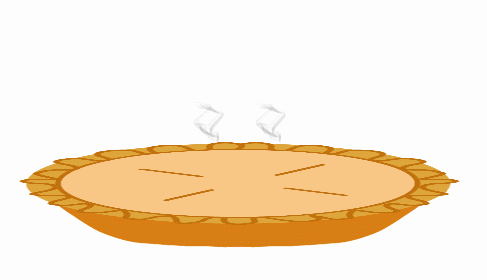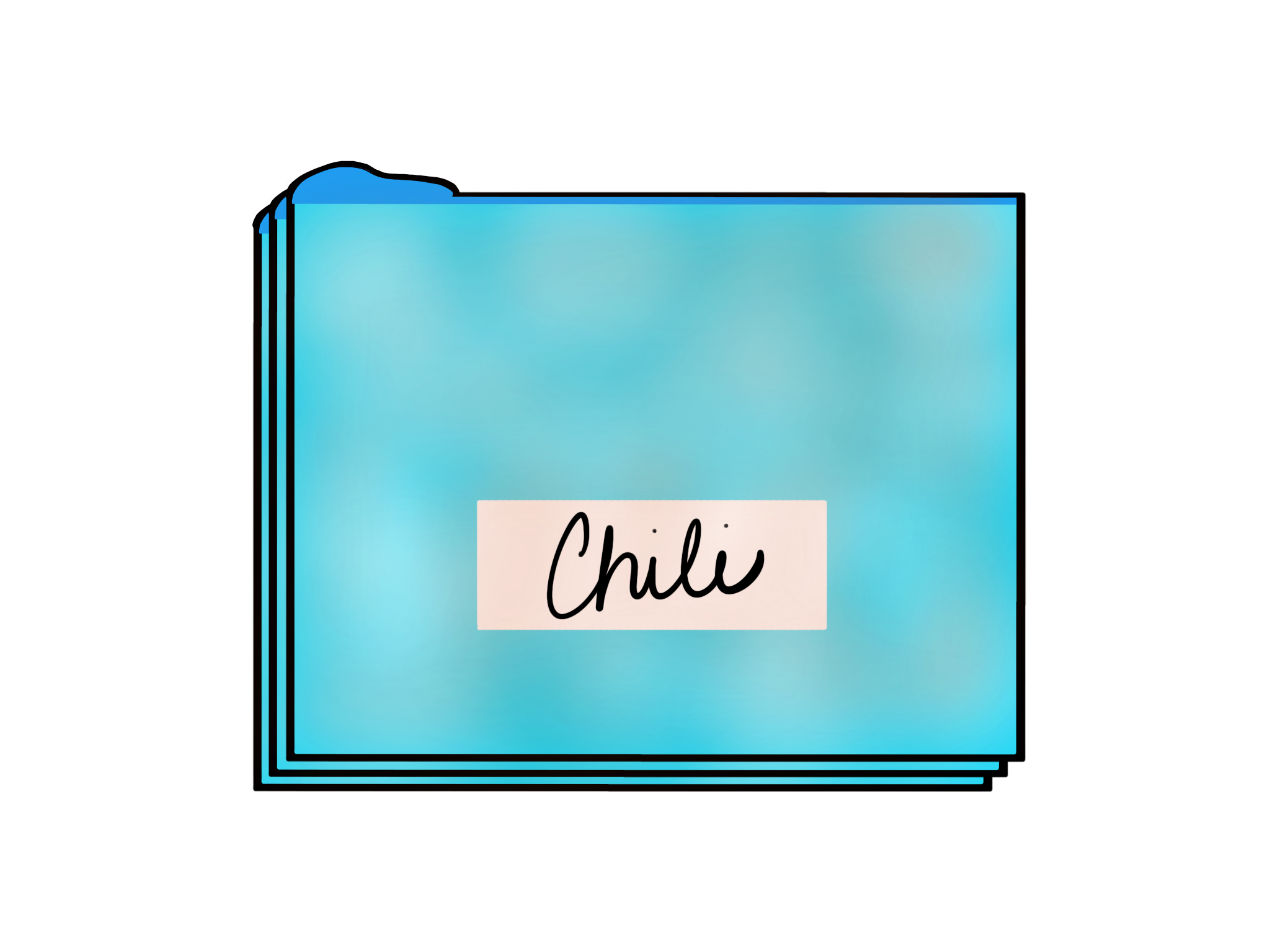(or two).
Freeze Leftovers in Single Servings for Safe, Spontaneous Cold Water Thawing in Minutes Anytime!
Setting high standards for food safety is simple, and establishing an efficient routine of squeaky clean food handling at home can come naturally, with little effort.
To safely freeze leftovers in single servings, minimize exposure to unsafe temperatures with active cooling techniques, then label appropriately sized airtight containers for storage. It's easy!
It's all about sparing food from potential bacteria growth with quick cooling and freezing.
A casserole hot out of the oven typically ends up sitting out until completely cooled before making it's way into the fridge. That's okay (according to U.S.D.A. food safety education), so long as the food is refrigerated within two hours after cooking. But why wait that long?
 Freeze leftovers
Freeze leftoversThe best way to freeze leftovers in single servings is fast!
Sadly, room temperature can ruin good food. Freezing doesn't kill bacteria, and cooking cannot compensate for too much unsafe holding. As a rule, food should never be held at temperatures between 40 and 140 degrees Fahrenheit (the danger zone, where bacteria growth thrives) any longer than necessary.
From store to fridge, to oven, to freezer, and beyond, food should be kept at safe temperatures as much as possible throughout the journey.
 Hot pie
Hot pieHere are four steps to cooling hot food fast:
- Break it Up. Portion hot dishes like roasts (after allowing time to finish cooking while cooling) and casseroles into smaller containers for faster cooling. Soups and stews are well suited for ice bath cooling, with or without portioning. Gentle stirring can quicken cooling by releasing hot steam.
- Ice it Down. Transfer hot food into smaller containers, then carefully place containers into a shallow ice bath. Warning: Bakeware made from cast iron, glass or ceramic should never go directly from a hot oven or stove into an ice bath. The shock could crack it apart!
- Refrigerate briefly, if necessary. Containers of warm (not scalding hot) food may be positioned evenly spaced on the top shelf. Don't worry about the food beneath warming, after all, heat rises. Allow containers to cool until no longer warm to the touch.
- Label and Freeze. Standard disposable freezer bags will do the job. However, disposables may not be as dependably strong and air tight as vacuum sealed alternatives like cut-to-fit single-use or reusable vacuum sealer bags, mason jars with freezable lids (using the Pump-N-Seal system), or locking freezer-to-oven glass containers. Sans vacuum sealing, heavier duty containers are still more dependable than disposables. Also, the constant need to restock disposables is annoying.
- Leave space for soupy foods to expand, whether utilizing bags, jars, or stackable containers.
- Make dated labels with write-on freezer tape.
- Squeeze or vacuum excess air from bags before sealing, and lay flat to freeze.
- Do not stack bagged freezer meals until after they are frozen.
What's the easiest way to wash reusable vacuum sealable freezer bags?
Many reusables are dishwasher safe, so long as specific instructions are followed. To protect freezer bags from taking on food residue, flash freeze food on a sheet or in dishwasher safe freezer molds before transferring to freezer bags.
What about bite sized leftovers?
Small food items like nuggets, meatballs, and cookies should cool quickly enough on a cooling rack. For freezing without clumping, flash freeze first on a sheet, then transfer to an airtight container.
In many cases "flash" freezing can be done right in a freezer bag by merely spreading out ingredients and laying the bag flat. After flash freezing, open the bag, squeeze out excess air, and reseal.
What's the easiest, safest way to thaw freezer meals quickly without par cooking?
Cold water bath thawing.
To defrost a freezer meal in a cold bath, simply fill a bowl with cold water and submerge the sealed frozen container beneath the water. Place an object (like a smaller bowl of water) on top of the frozen item to weigh it down, if necessary. Nesting mixing bowls are perfect for this.
Most single serving freezer meals and small preps take less than 20 minutes to thaw on the counter in a cold bath. For larger items that take more time, cold water must be swapped out every 30 minutes during thawing.
Set a timer for safety.
Cold water thawed food should be prepared immediately upon thawing.
- Do not allow food to sit in a water bath for longer than 30 minutes without swapping out fresh cold water.
- Do not water thaw ahead. It's not cool to leave water-thawed food sitting in the fridge to be prepared at a later time.
- To thaw a day ahead or less, transfer frozen food from the freezer to the fridge. If the food is still partially frozen when it's time for prep, thaw with a cold water bath.
 Freezer Meals
Freezer MealsIs is safe to cook or reheat freezer meals without thawing?
Yes! Many raw, partially cooked, or fully cooked freezer meals can go directly from freezer to hot oven without thawing. Freezer to slow cooker without defrosting? No. It's best to defrost frozen food before slow cooking.
U.S.D.A. food safety guidelines:
Whether reheating food via stove top, oven, or air fryer, heat to an internal temperature of 165 degrees Fahrenheit for at least 15 seconds. Leave covered for two minutes after microwaving.
Equip the kitchen with thermometers to cook and reheat like a pro! Thermometers can confirm that appliances are working properly, meals are cooked to perfection, and leftovers are reheated safely.
"Was it something I ate?"
The danger of unsafe thawing, holding, and heating may go unnoticed, because tainted food can cause illness days and even weeks after ingestion. Not to worry, keeping food safe is simple.
Here's how to reheat food:
- Cover foods to be reheated via stove top or microwave. Stir intermittently, to spread heat evenly.
- Bring soups and stews to a boil for 15 seconds.
- For microwaving; cover, heat, stir, cover, heat again, then leave covered for two minutes.
Habits to live by:
The best way to freeze leftovers in single servings after cooking is to quickly portion, chill, then label and transfer to the freezer. Always thaw safely and reheat thoroughly.
Enjoy filling your freezer full of flavor!